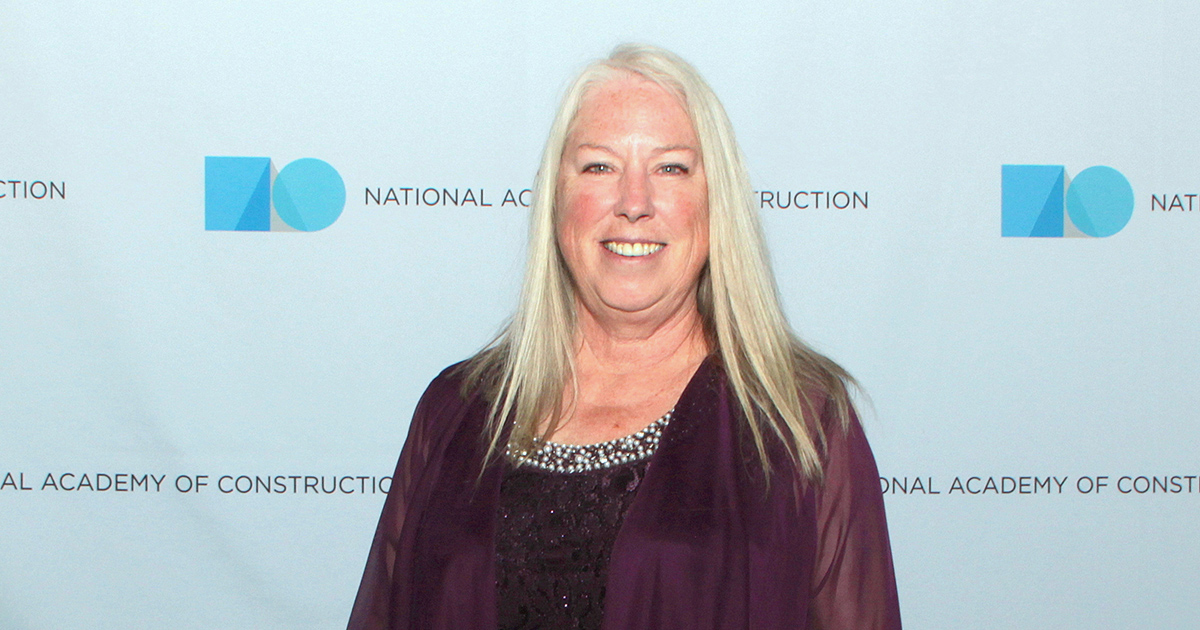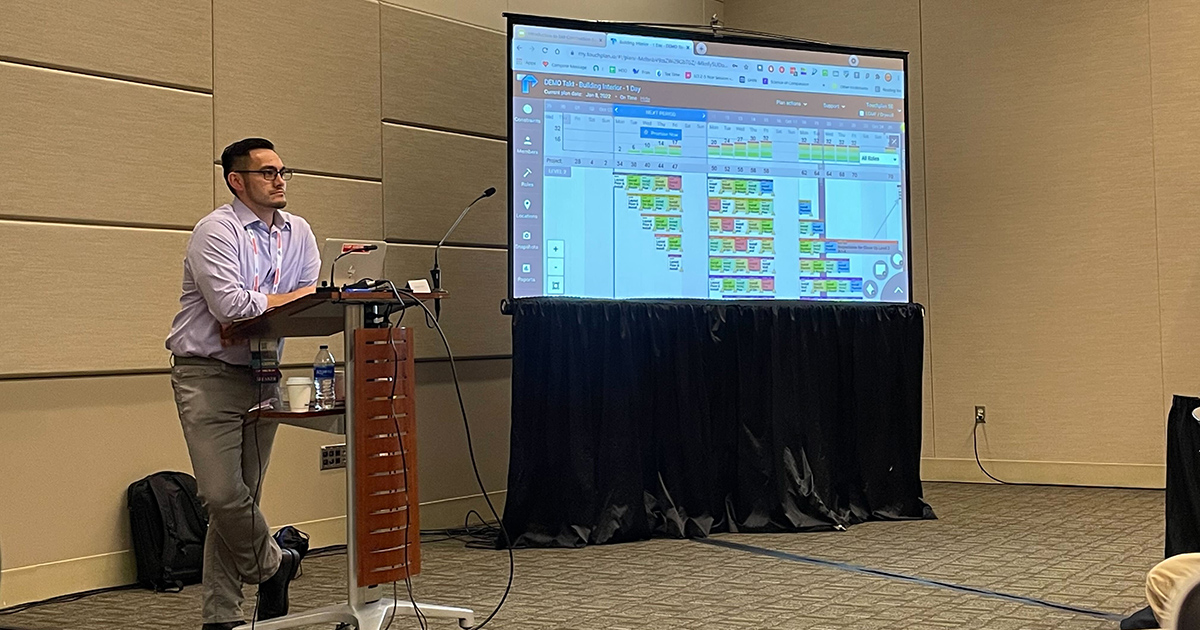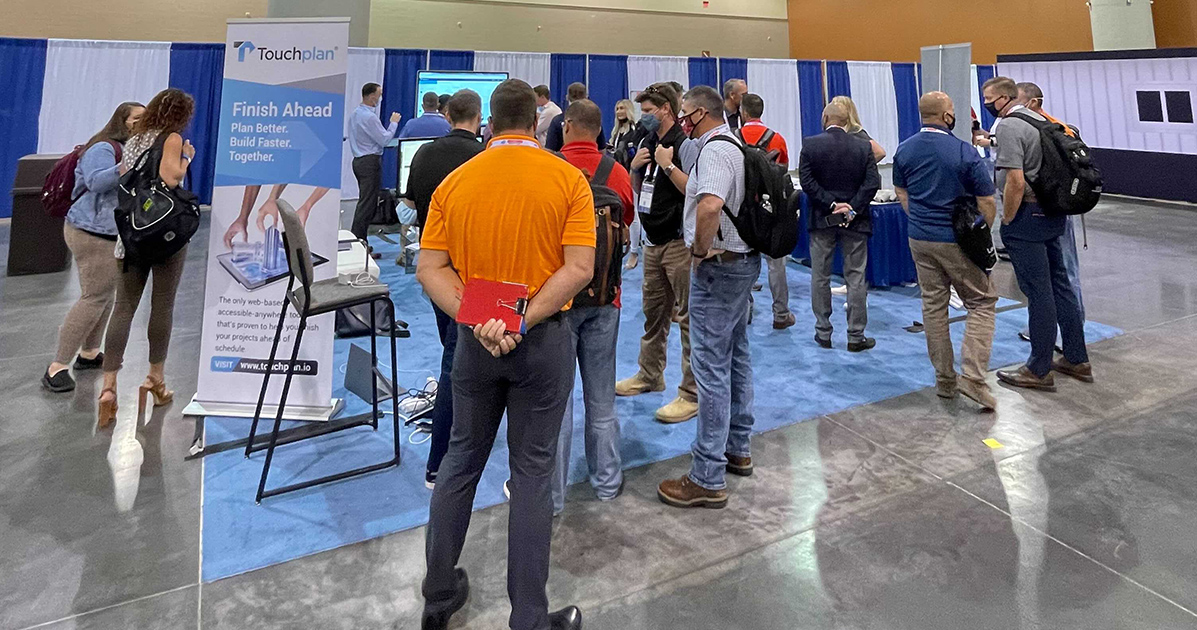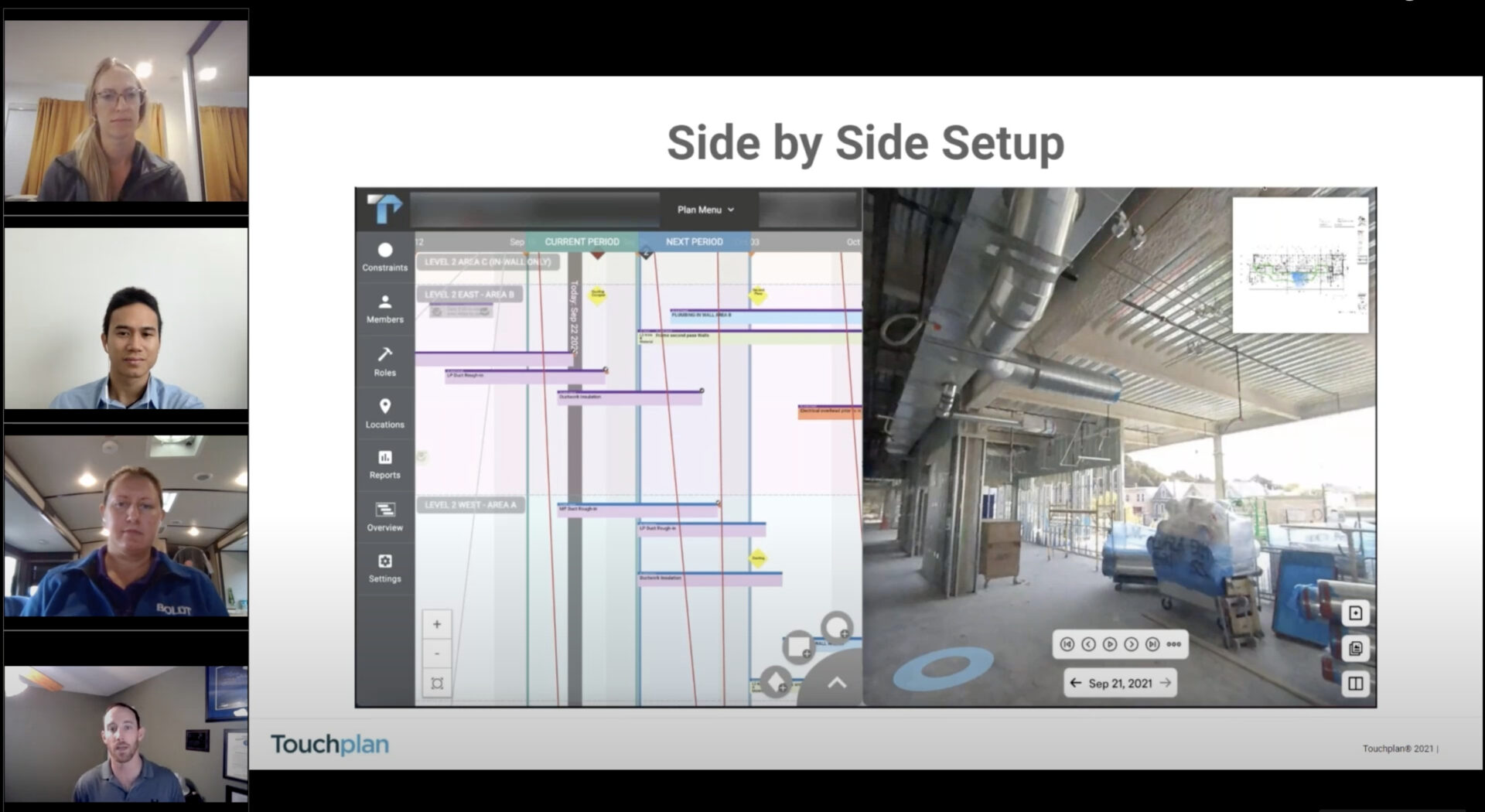Get the LCI Perspective
This is the first of two episodes that were recorded at this year’s Congress Conference hosted by the Lean Construction Institute. (LCI) George sits down with attendees Felipe Engineer-Manriquez, Adam Hoots and Brian Winningham to discuss key takeaways from this year’s conference and advice for first time attendees.
Continue to Hear From Your Lean Enthusiasts
George continues his recap of the 2021 LCI Congress Conference and chats with Jason Schroeder from Elevate Construction, Kate Simons from Shawmut Design and Construction, Cade Keyes from Columbia Construction, and Darcy DeGeorge from Stantec. All discuss their experiences at LCI and advice for first-timers except those who are first-timers.
Building Resilience From Injury & Illness
This episode is all about resilience. Angela chats with Terri Michalak and Andrea Ward about managing their careers while overcoming severe illness and injury. They also talk about the support they received and provide advice to those facing their own challenges.
Meet NAWIC President Doreen Bartoldus
In this episode of Build. Lead. Succeed., Angela Highland sits down with new NAWIC President Doreen Bartoldus to discuss her experience as a woman in construction and her plans for NAWIC over the next year.
Sandy Hamby Inducted into the National Academy of Construction
MOCA/Touchplan CEO Sandy Hamby was recently inducted as part of the class of 2021 to the National Academy of Construction (NAC). Hear her thoughts on joining this elite group of construction industry leaders.
What’s In The Code?
In this episode of Voices of Construction, Noah Baker speaks with Nick Dimitruk founder and CEO of BitRip. Nick and his company have created the next evolution of the QR Code connecting the digital and physical worlds of construction. Nick is extremely passionate about his company and how they are impacting the industry, and he is a former Marine Corps Harrier pilot, so he also has some fantastic stories to tell. You absolutely want to tune in.
Veterans In Construction
In honor of Veteran’s Day, we released a special episode of Voices of Construction. Noah chats with Andrew Piland (a Captain in the US Marines reserves) and Aaron Matkin (a former US Army Green Beret) and current Lean Consultant for Relevate. The two discuss their careers in the military and the comparison to working in construction.
Enhancing the Construction Process Via Next Evolution of The QR Code
We announced earlier this month that we formed a technology partnership with BitRip Digital Tape by Nastro Technologies, an adhesive tape that holds hundreds of ‘rippable’ codes that can store any cloud-based information on the spot. Check out our blog for an interview with their CEO Nicholas Dimitruk.
New Alliance to Assess Workflow and Reality Capture
Oculo, a leading AI and deep-tech company, and Touchplan, an award-winning collaborative construction planning software, today announced a partnership to work together to assess a workflow that combines look-ahead planning with reality capture. Read more about this partnership here.
Subscribe to The Saturday Shift – Your Weekly Source of Industry News & Entertainment
As always, if you are interested in seeing more updates like the ones above, be sure to sign-up for The Saturday Shift! The Saturday Shift is meant to educate AND entertain you about a variety of topics in and around construction. Its purpose is to make your “weekend shift,” whether it is on the jobsite or just doing what you do in your downtime, a little bit more enjoyable.
We hope you enjoyed our top stories from November! We know there are a ton of places to get construction news, blogs, podcasts, and more out there, so we wanted to take the opportunity to say thank you for checking us out.










